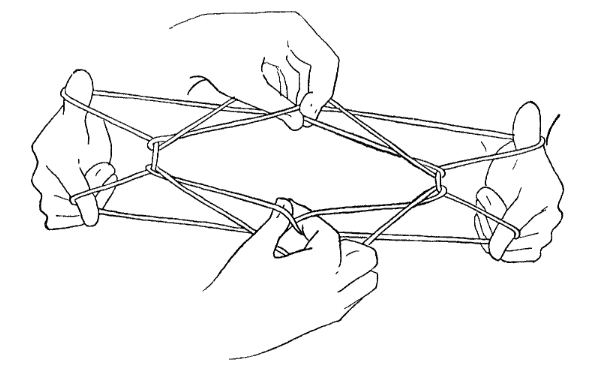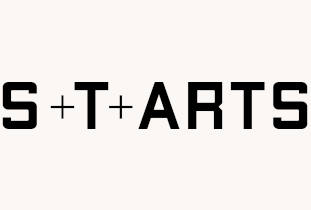Science Friction
Conversations among ruins
An invitation to share knowledge and practices for learning how to live and die together in a damaged planet
How should we think in these turbulent times? How should we generate kinships to live and die well? What frictions take place in contact zones where we find ourselves with other beings, human and non-human? How can we live and die together on a devastated planet?
These questions will be some of the mainstays for this programme, which invites us to dialogue with people from a variety of practices – artistic, educational, scientific, professional, activist and life skill – incorporating different aspects of Donna Haraway's thinking. We will start with her book Staying with the Trouble: Making Kin in the Chthulucene, in which Haraway deals with the ecological catastrophe we are facing and proposes new ways to relate to one another, inviting us to understand life and death as a fabric that is woven by many beings, human and non-human, that are dependent on each other.
In each of these seven sessions, we will explore the common areas between the different experiences and knowledge of two guest speakers. Biology mixes with art; human speech with birdsong; shepherds with protectors of wolves; activism with art and science; history and anthropology with science fiction; philosophy with poetry. Over the course of seven mornings, we will let ourselves be mutually infected with stories about historic and local beings, in search of practices that help us to re-imagine other possible worlds. At the heart of each encounter, the idea of symbiosis will beat as the driving force of life.
Each session will address the questions that emerge from the central theme of the exhibition Science Friction: symbiosis and symbiogenesis; companion species; networks of biochemical conscience; stories of the origins and temporality of Chthulucene.
This activity is part of Science Friction
Related contents
How to avoid temporalities of progress?
Pol Guasch and Laura Benítez
We talk with independent curator and philosopher Laura Benítez and researcher and writer Pol Guasch about how to conceive different temporalities – human and non-human –, what worlds each temporality generates and how narrative arts allow us to generate stories ...
Is it possible to build shelters in a damaged planet?
Cristina de Llanos Santaulària and Ignasi Castellví
We talk about co-existence and competition between humans and non-humans, the ruralisation of forests and regeneration practices, and the rebalancing of the ecosystems: how can we regenerate refuges? How can we contribute to the rebalancing of ecosystems? How can we practise a cooperative co-existence ...


